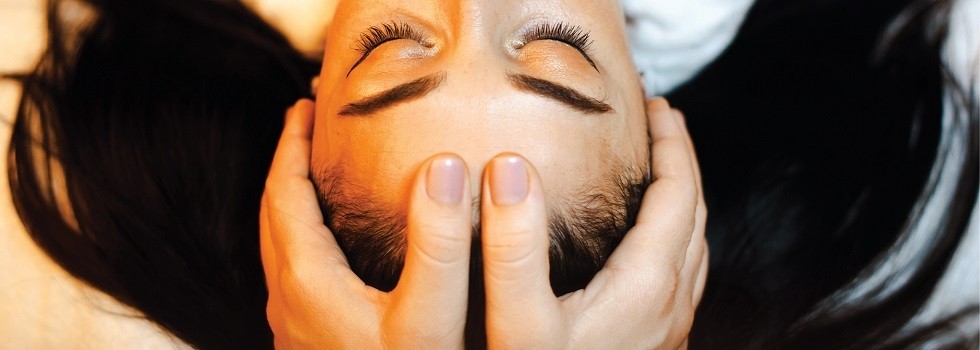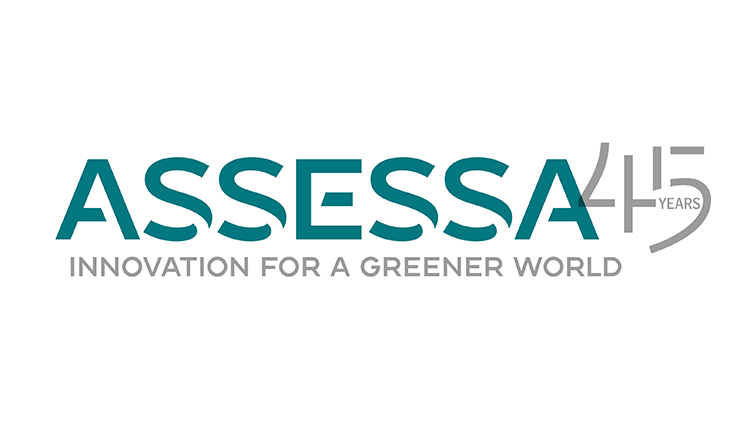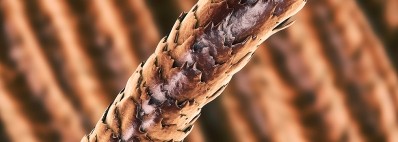Promotional Features
Scalp and hair health: new perspectives and challenges.
Scalp disorders affect millions of people worldwide, but there are few ingredients with proven activity in their treatment and are a challenge for formulators.
Human scalp hair is a highly visible feature involved in social signaling, often indicative of cultural identity or personal style. The scalp is unique among skin areas in humans, with high follicular density and a high rate of sebum production. More than 100.000 Hair Follicles (HFs) of a total number of five million human HFs, which are formed during embryogenesis and ensure cyclic hair growth throughout our lifetime are located on the scalp.
The actual architecture of the hair follicle on the scalp is significantly different from the structure envisioned in the introductory texts. The base of the follicle (the “bulb”) is 4 mm deep into the skin, where cell proliferation occurs and begins to form the fibers. As soon as it is generated, hair fiber becomes biologically “dead” soon after leaving the bulb area and begins a two-week journey to the surface of the scalp. This soft pro-fiber starts a process of maturation (keratinization) and extension that eventually leads to the most solid fiber seen after leaving the scalp. This maturation process is analogous to that of the basal epidermal cells that lead to the formation of the “dead” stratum corneum. The coordinated series of physicochemical changes allows the hair fiber to be stretched and strengthened. The speed of hair growth and fiber quality is directly related to the intense cellular communication between dermal papilla, macrophages, keratinocytes, bulge and sebaceous glands. This can be modeled as a mechanical process in which physical forces due to hardening and water transport explain the resulting fiber.
Discoveries in the mid-20th century gave rise to the field of trichoimmunology, the study of the hair follicle immune system, and stimulated investigations into mechanisms related to the cutaneous immune system, immune-mediated alopecia, and maintenance of immune tolerance. Early ultrastructural analysis also revealed that most of the normal skin flora resides in the openings of the hair follicle. HFs must be critical mediators of immune tolerance against commensal microbes. In fact, recent discoveries have established HFs as indispensable portals for immune cells in the skin niche. In the last decade, trichoimmunology has expanded to include the study of immune-mediated capillary regeneration through direct manipulation of HFSCs and differentiation of dermal and epidermal wound cells. New studies have revealed that T cells and macrophages are the most promiscuous immunological regulators of HF regeneration during the hair fiber cycle, injury-induced regeneration, and injury-induced capillary neogenesis. Disrupting or exaggerating this relationship can lead to clinically significant forms of immune-mediated alopecia.
HFs extending from the skin surface to the dermis or subcutaneous tissue with direct connection to the sebaceous gland are called pilosebaceous units that, together with sweat glands, create a unique lipid‐rich hydrophobic niche, making the scalp a highly favorable environment for the growth of microorganisms. Ecologically, sebaceous areas have greater microbial diversity than dry ones, with implications both for skin physiology and pathologic conditions.
Human sebum is a complex mixture of triglycerides, squalene, cholesterol esters, wax esters and cholesterols that are secreted by the sebum glands to the scalp. Sebocytes, the major cell type in sebaceous glands (SGs), can be found associated with a hair follicle or in specialized glands. While all SGs are structurally similar, the nature of secreted products and the underlying controls of secretion seem to differ between distinct types of SGs. The sebum release is controlled by sebaceous glands activity that has been reported to have a strong correlation with scalp disorders. In a way, the activity of the sebaceous glands is directly related to the skin's immune response.
Recently, the role of the skin microbiome in scalp health is being described through various mechanisms, such as modulating the host's immune response and protecting against skin pathogens. A distinct environment is provided by the scalp surface thanks to the microorganisms, primarily emerging from the host physiological conditions, such as the sebum content, moisture, pH, topography, trans-epidermal water loss (TEWL), and hydration level. These physiological parameters could affect the microbial flora living on the scalp by affecting the scalp environment.
Sebum is an important food source for the growth of fungi and bacteria. Non-specifics lipases produced by Malassezia, an important fungi in cases of scalp disorders, can degrade any available triglycerides. As a result, the saturated fatty acids in sebum are consumed, and the abundant unsaturated fatty acids are left on the skin. Unsaturated fatty acids had long been considered to penetrate into the stratum corneum and lead to barrier disruption.
The impaired levels of intercellular lipids are associated with a number of pathological and cosmetic skin issues and are directly connected to the poor scalp condition, where the epidermal barrier is disturbed. These changes in lipid content may in turn affect the water-holding capacity of the tissue and reduce corneodesmosomal degradation leading to a dysfunctional skin barrier.
Scalp issues, such as oily scalp, are linked to scalp inflammation which causes erythema, itch, burning sensation and up to more severe conditions desquamation, causing a disturbed scalp barrier. Increasing or repairing the scalp barrier integrity at the same time improves scalp conditions and enhances hair quality due to homeostasis is resettlement.
Sources of oxidative stress such as native metabolic oxidants, smoking, UV radiation, inflammation, pollutants and oxidized scalp lipids have a great impact on the scalp health and the hair fibers that emerge from it.
The process of lipid peroxidation has been implicated in several human diseases. The oxidative stress process negatively affects the skin of the scalp, resulting in hair fibers with poor quality arising from the scalp and premature hair shedding. Reducing oxidative stress at the scalp provides an environment for hair to mature healthfully, allowing it to achieve an optimal quality and retention.
Active ingredients derived from algae have been employed in different cosmetic products due to their many beneficial properties. Algae are rich in metabolites, including, polyphenols, pigments, glucosyl glycerol, sulfated polysaccharides, polysaccharides rich in uronic acids, and mycosporine-like amino acids (MAAs). Seaweeds have a broad spectrum of biological activities, such as antibacterial activity, antioxidants, anti-inflammatory properties and immunomodulators, among others. Previous research showed that the combinations of red and brown seaweeds modulate the expression of markers involved in the inflammatory response on fibroblasts, leading to a reduction of inflammation, and to induce a down-regulation of the expression of markers involved in the inflammatory response.
Polysaccharides in cosmetics are efficient at maintaining hydration, and seaweeds extracts that are rich in polysaccharides and polyphenols would be also promising for their various properties that are beneficial to skin, including antioxidant, anti-melanogenic, and skin anti-aging properties. The phenolic compounds found in red seaweed can scavenge free radicals and also show other properties, such as the inhibition of tyrosinase.
Scalp disorders affect millions of people worldwide, yet there are few natural bioactive ingredients with proven activity in their treatment. To face such challenges, ingredients that prevent or remove pollutants, modulate the immunnoresponse and excessive sebum production, fight against oxidative stress and reduce inflammation will increasingly occupy the attention of scientists, formulators and brands.



